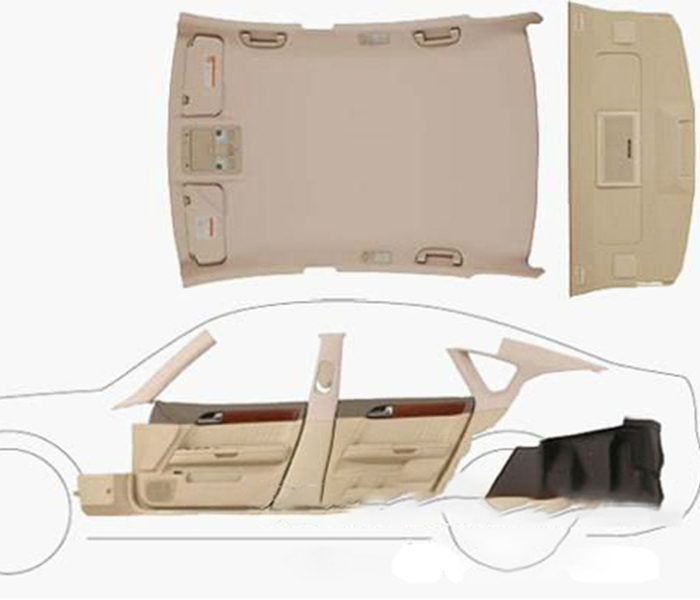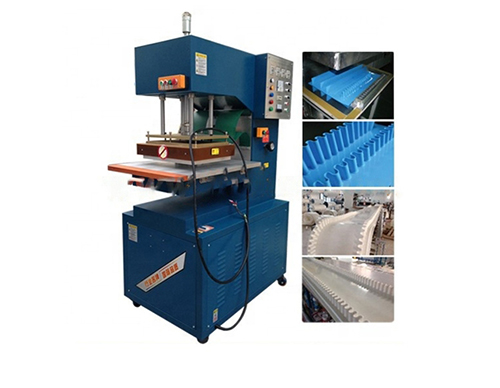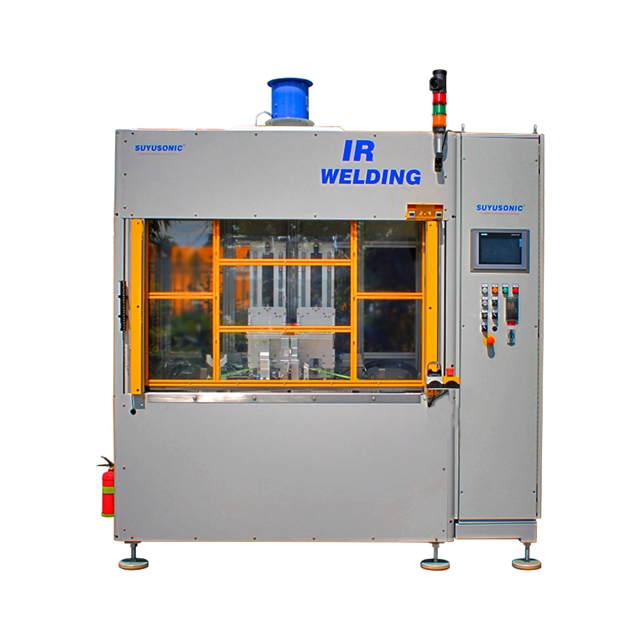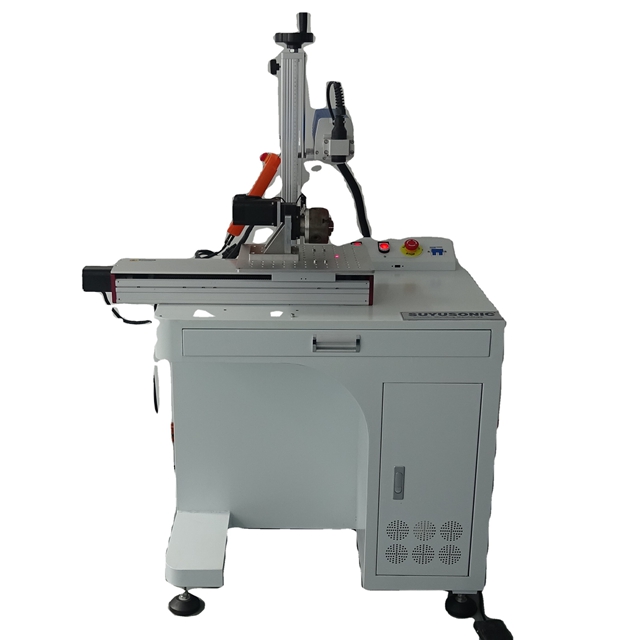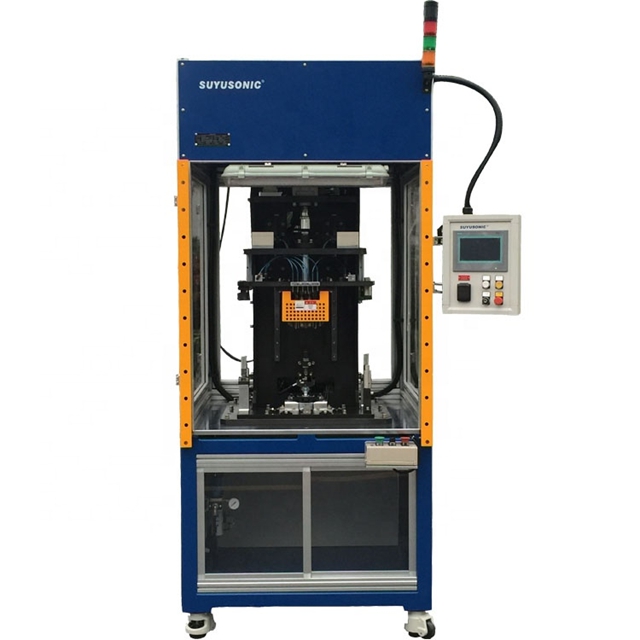Let’s look at the last welding methods of thermoplastics today.
The welding methods to soften the surface by electromagnetic action include:
●High frequency welding
Using the principle of electromagnetic induction and high-frequency induction heating technology, high-frequency welding can penetrate plastic products to induce induction heating of the inductive body or magnetic plastic buried in the plastic parts. The welded plastic can generate heat in the fast alternating electric field, which makes it happen that the welded part quickly softens and melts, and then fills the interface gap, and is assisted by a complete mechanical device to achieve perfect welding.
The most common way to generate high-frequency induction is to use high-frequency current through the coil to obtain a strong high-frequency magnetic field. The induction body (which is heating body) is generally made of iron, aluminum, stainless steel and other materials, but magnetic composite plastics processed by adding magnetic substances are also used. Products made by welding in this way include stationery clips, inflatable items, waterproof clothing, blood bags, and so on.
●Infrared welding
This technology is similar to the welding of an electric heating plate. The two parts that need to be welded are fixed close to the electric heating plate, but not in contact with the electric heating plate. Under the action of heat radiation, the connecting part is melted, and then the heat source is removed, and the two parts are butted and pressed together to complete the welding. This method does not produce welding slag, is pollution-free, and has high welding strength. It is mainly used for the connection of PVDF, PP and other piping systems that require high precision.
●Laser welding
In the 1970s, lasers began to be applied to plastic welding. Its principle is to focus the beam generated by the laser (usually concentrated strong radiation waves in the infrared region of the electromagnetic spectrum) through the optical path system composed of mirrors, lenses or optical fibers to the area to be welded to form a heat action zone. In the heat action zone, the plastic is softened and melted. In the subsequent solidification process, the melted material forms a joint, and the parts to be welded are connected. Usually used for PMMA, PC, ABS, LDPE, HDPE, PVC, PA6, PA66, PS and other materials with good light transmittance. Adding carbon black and other absorbents in the heat action zone, enhance the heat absorption effect.
Plastic laser welding has many advantages: fast welding speed and high precision; automation and precision numerical control easy to realize; the cost relatively low. Therefore, plastic laser welding technology has been widely used in automobiles, medical equipment, packaging and other fields.
●Hot riveting welding
In addition to the welding between plastics and plastics, due to the needs of the automotive industry and other industries for light structure and economic benefits, some products also require a hybrid connection of plastics and metals, and plastic hot riveting technology has emerged as the times require. This hot riveting technology is simple in process, easy to implement, safe and reliable, and combines plastic and metal parts in a way that best bears the load, reducing product quality and improving economy. When the riveting method is used, a plastic shaft pin (rivet pile) reserved for integral molding can be heated and softened, and then stamped and deformed by a cold die to lock the parts together (form a rivet cap, "hot pile" ), which is more convenient and economical.
With the needs of industrial production, plastic welding technology will be more widely used, and there will be more advanced and more convenient welding technology.
www.suyuplasticweldingmachine.com

